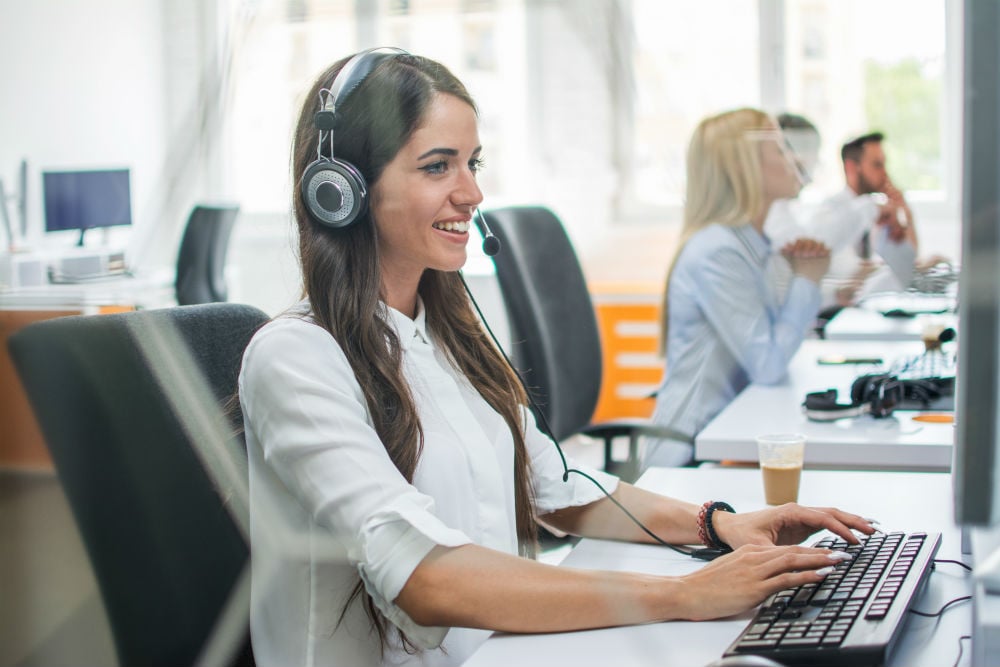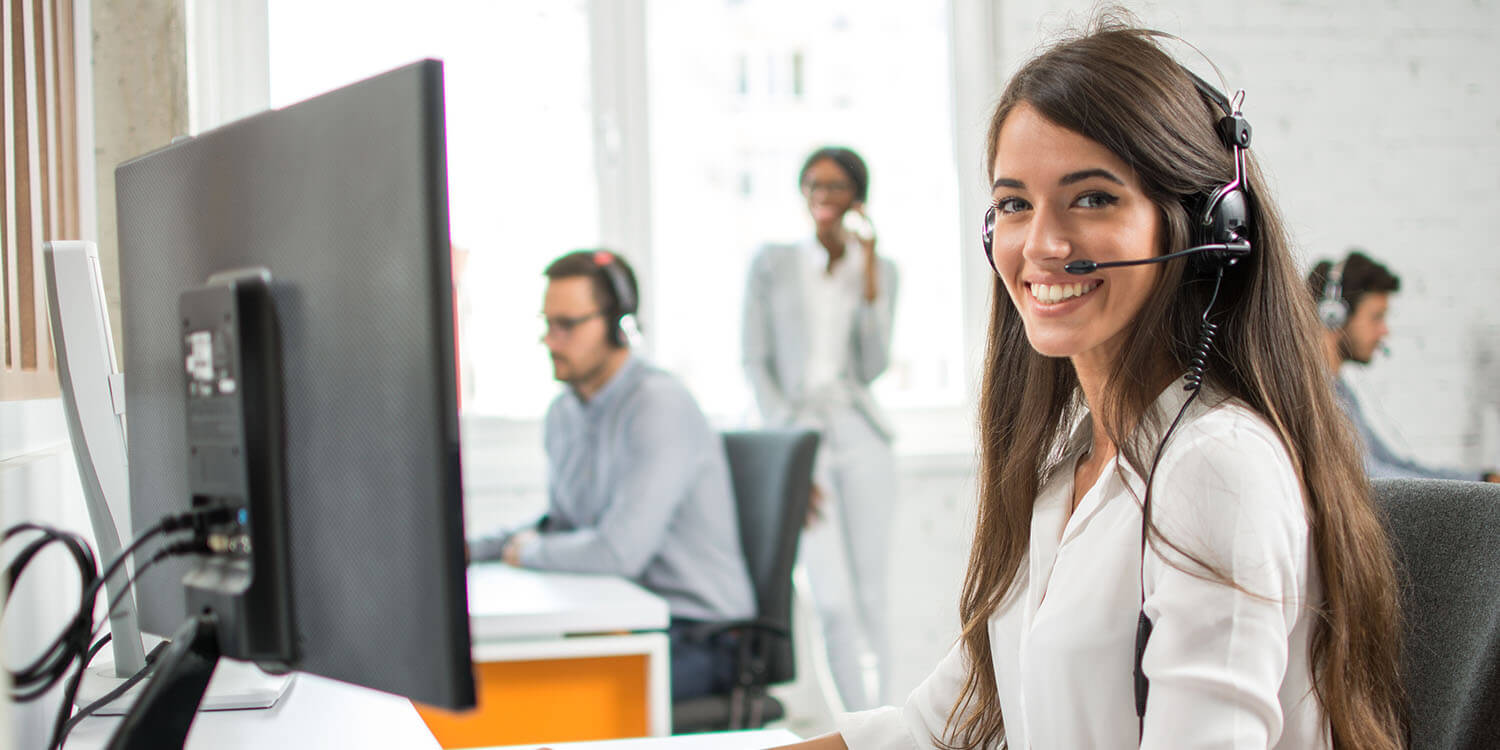All Categories
Featured
Table of Contents
- – Who Is The Best Virtual Receptionist (Live Phon...
- – What Is The Best Answering Services 101: Every...
- – What Is The Best How Does An Answering Service...
- – What Are The Best Virtual Receptionist - Answ...
- – Whats The Best Call Answering Service For Sma...
- – What Is The Best Telephone Answering Service...
Who Is The Best Virtual Receptionist (Live Phone Answering Service) Manufacturer
This gadget and its followers were developed by Sava Jacobson, an electrical engineer with a private consulting company. While early voice mail utilized magnetic tape technology, many contemporary devices utilizes strong state memory storage; some gadgets utilize a combination of both, with a solid-state circuit for the outgoing message and a cassette for the inbound messages.
"toll saving" below) (telephone answering service). This works if the owner is evaluating calls and does not want to speak to all callers. In any case after going, the calling party ought to be notified about the call having actually been responded to (in a lot of cases this starts the charging), either by some remark of the operator, or by some greeting message of the little, or resolved to non-human callers (e.
This holds specifically for the Littles with digitally kept welcoming messages or for earlier makers (prior to the rise of microcassettes) with a special limitless loop tape, different from a second cassette, dedicated to recording. There have been answer-only devices with no recording capabilities, where the welcoming message needed to inform callers of a state of existing unattainability, or e (answering service).
What Is The Best Answering Services 101: Everything You Need To Know ... App?

about availability hours. In taping Little bits the welcoming normally contains an invitation to leave a message "after the beep". An answering maker that uses a microcassette to tape-record messages On a dual-cassette answerphone, there is an outgoing cassette, which after the defined variety of rings plays a pre-recorded message to the caller.

Single-cassette voice mail contain the outbound message at the start of the tape and inbound messages on the staying area. They initially play the statement, then fast-forward to the next available space for recording, then tape the caller's message. If there are numerous previous messages, fast-forwarding through them can trigger a significant delay.
This beep is often referred to in the greeting message, asking for that the caller leave a message "after the beep". Littles with digital storage for the recorded messages do disappoint this delay, naturally. A little bit might offer a remote control facility, where the answerphone owner can sound the house number and, by going into a code on the remote telephone's keypad, can listen to tape-recorded messages, or delete them, even when far from home.
What Is The Best How Does An Answering Service Work? To Buy Now

Thereby the device increases the number of rings after which it answers the call (usually by two, leading to 4 rings), if no unread messages are presently saved, but responses after the set number of rings (usually 2) if there are unread messages. This enables the owner to learn whether there are messages waiting; if there are none, the owner can hang up the phone on the, e.
Some machines likewise allow themselves to be from another location triggered, if they have actually been turned off, by calling and letting the phone ring a certain large number of times (normally 10-15). Some company desert calls currently after a smaller sized number of rings, making remote activation difficult. In the early days of Little bits a special transmitter for DTMF tones (dual-tone multi-frequency signalling) was regionally needed for remote control, considering that the formerly employed pulse dialling is not apt to convey proper signalling along an active connection, and the dual-tone multi-frequency signalling was executed stepwise.
Any incoming call is not identifiable with respect to these homes in advance of going "off hook" by the terminal devices. So after going off hook the calls need to be changed to suitable gadgets and just the voice-type is instantly accessible to a human, but maybe, nevertheless ought to be routed to a TAD (e.
What Are The Best Virtual Receptionist - Answering Service - Phone Answering Companies?
What if I informed you that you do not need to in fact choose up your gadget when answering a customer call? Someone else will. So practical, best? Answering phone calls does not need someone to be on the other end of the line. Efficient automated phone systems can do the trick simply as efficiently as a live agent and often even much better.
An automatic answering service or interactive voice reaction system is a phone system that communicates with callers without a live person on the line - telephone answering service. When companies use this technology, clients can get the response to a concern about your company just by using interactions set up on a pre-programmed call flow.
Although live operators upgrade the customer support experience, lots of calls do not require human interaction. A basic recorded message or instructions on how a customer can recover a piece of information usually resolves a caller's immediate requirement - phone answering service. Automated answering services are a basic and efficient method to direct incoming calls to the best person.
Whats The Best Call Answering Service For Small Business In Brisbane To Buy
Notice that when you call a business, either for support or item inquiry, the first thing you will hear is a pre-recorded voice welcoming and a series of choices like press 1 for customer support, press 2 for inquiries, and so on. The pre-recorded alternatives branch out to other options depending on the consumer's choice.
The phone tree system assists direct callers to the right person or department using the keypad on a cellphone. In some circumstances, callers can use their voices. It's worth keeping in mind that auto-attendant choices aren't limited to the ten numbers on a phone's keypad. Once the caller has selected their very first option, you can create a multi-level auto-attendant that utilizes sub-menus to direct the caller to the best kind of support.
The caller does not need to interact with an individual if the auto-attendant phone system can handle their issue. The automatic service can route callers to a worker if they reach a "dead end" and require assistance from a live representative. It is costly to hire an operator or executive assistant.
What Is The Best Telephone Answering Service Sydney - Virtual Office Sydney Deal Right Now
Automated answering services, on the other hand, are considerably less pricey and provide considerable expense savings at approximately $200-$420/month. Even if you do not have actually committed staff to handle call routing and management, an automatic answering service enhances efficiency by permitting your group to focus on their strengths so they can more efficiently invest their time on the phone.
A sales lead routed to client service is a lost shot. If a client who has item questions reaches the incorrect department or gets incomplete responses from well-meaning staff members who are less trained to manage a specific type of question, it can be a cause of aggravation and frustration. An automated answering system can reduce the number of misrouted calls, therefore helping your workers make much better usage of their phone time while maximizing time in their calendar for other jobs.
With Automated Answering Systems, you can develop an individualized experience for both your staff and your callers. Make a recording of your primary welcoming, and merely upgrade it routinely to reflect what is going on in your company. You can produce as numerous departments or menu options as you desire.
Table of Contents
- – Who Is The Best Virtual Receptionist (Live Phon...
- – What Is The Best Answering Services 101: Every...
- – What Is The Best How Does An Answering Service...
- – What Are The Best Virtual Receptionist - Answ...
- – Whats The Best Call Answering Service For Sma...
- – What Is The Best Telephone Answering Service...
Latest Posts
Bilingual Answering Service – Sydney
Tailored Virtual Receptionist – Perth
Business Answering Service Near Me – Perth 6011
More
Latest Posts
Bilingual Answering Service – Sydney
Tailored Virtual Receptionist – Perth
Business Answering Service Near Me – Perth 6011